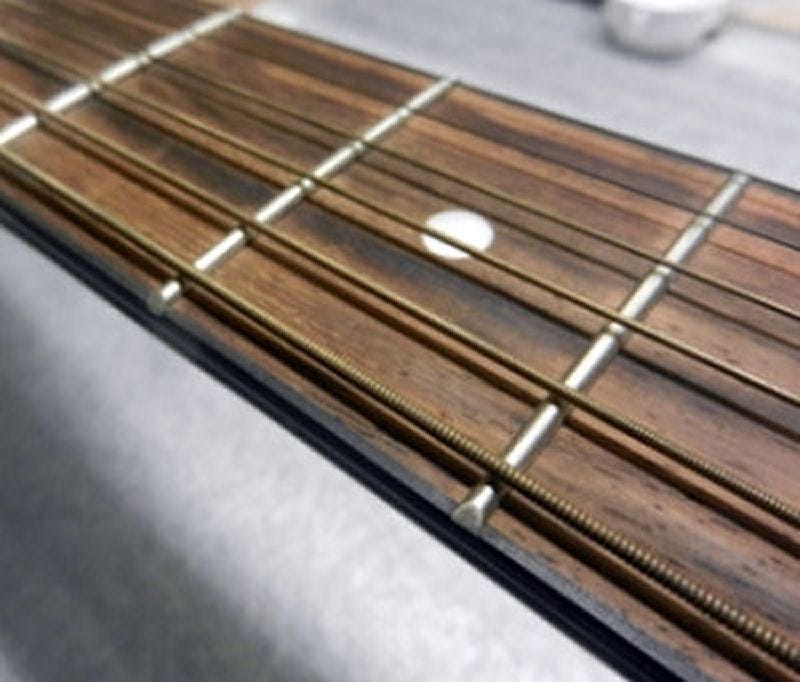One of the easiest ways to explain or write-out chords quickly is by using the “Block Diagram”. If you've been playing guitar for a while and building your chord vocabulary; and you are relative familiar with most of the note names and locations on the fretboard - eventually, it stands to reason that writing-out finger locations on a fretboard diagrams …
Keep reading with a 7-day free trial
Subscribe to SoundHole Guitar Lessons to keep reading this post and get 7 days of free access to the full post archives.



